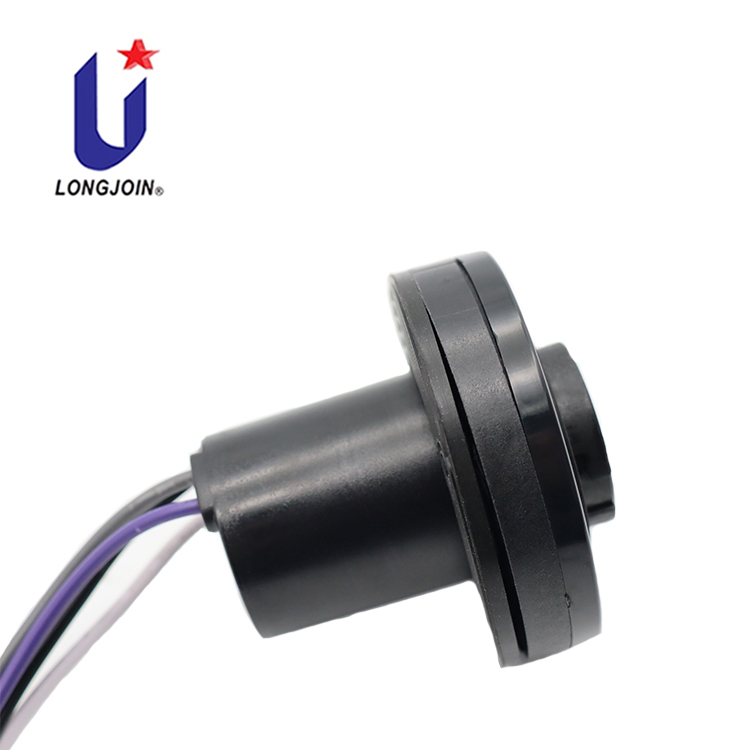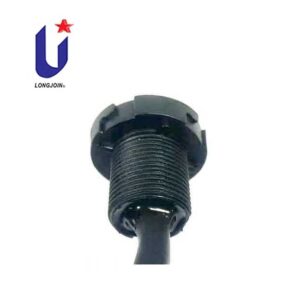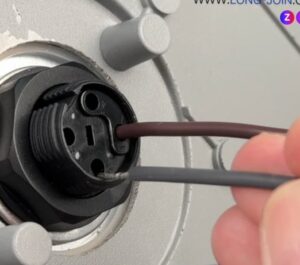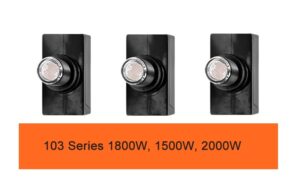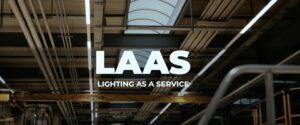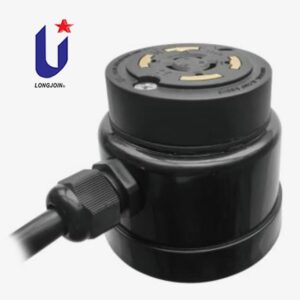JL-710 Photocell Receptacle: Redefining Smart Lighting Connectivity
Introduce
City lighting needs more than bright bulbs. It must be smart. Street lights are now part of smart city systems. We need photocell solutions that work reliably, save energy, and fit in well. The JL-710 photocell receptacle stands at the heart of this change. It has a built-in power supply and smart compatibility. Its plug-and-play design makes it a vital part of future urban lighting systems.
Let’s explore why the JL-710 changes lighting control. It really is a game-changer.
Why is the Built-In Power Supply a Big Deal?
Many lighting control systems run into the same frustrating issue—there’s no auxiliary (Aux) output on the LED driver. Without this power source, installers are stuck. They can’t connect photocell street light controllers or smart lighting nodes without costly workarounds.
That’s where the JL-710 steps in.
The JL-710 has a built-in AC-DC power module. This fixes the issue. It draws power straight from the AC mains. That way, you don’t need a separate external power supply.
Feature | Benefit |
Integrated Power Module | No need to replace expensive dimmable LED drivers |
Direct AC Power Source | Reduces cost by 20–30% in large-scale lighting projects |
Plug-and-Play Compatibility | Works seamlessly with major smart controller systems |
This key feature directly answers a critical challenge in retrofitting legacy lighting setups—powering smart components without complex rewiring or added cost.
Learn more about how JL-710 supports lighting modernization for smart cities.
What Core Features Make JL-710 Stand Out?
Not all photocell control devices are created equal. The JL-710 was engineered from the ground up to meet real-world challenges in lighting system design. It’s not just a connector; it’s a smart, rugged interface that handles both communication and power delivery.
When selecting a photocell receptacle, smart compatibility alone isn’t enough. JL-710 is built for both technical robustness and environmental endurance.
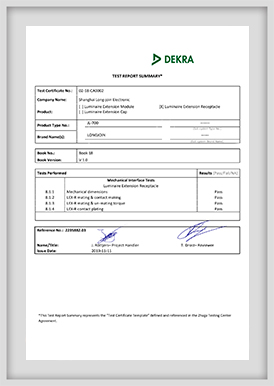
1. Standards and Certifications
Many products claim to be compatible, but without proper certifications, reliability is questionable. JL-710 is:
- Fully Zhaga Book 18compliant for modern streetlight standards
- UL-certified, making it ideal for North American installations
- Flame-retardant UL 94-V0 enclosure for safety and compliance
2. Interface and Design
A rugged lighting connector should do more than connect. It should last, stay secure, and withstand harsh weather:
- Dual-row 4-pin contactscompatible with DALI, 0-10V, and other smart dimming systems
- Silver-plated copper alloy terminals improve conductivity and lifespan
- Built with UV-resistant PC housingand reinforced nylon base
Feature | Description |
4-pin Interface | Supports remote dimming & communication |
Durable Materials | Heat and UV resistance for harsh outdoor conditions |
Read more about our Zhaga-compliant connectors and components designed for smart lighting systems.
How Well Does JL-710 Perform in Tough Environments?
Outdoor lighting doesn’t exist on its own. It works with its surroundings. Extreme weather, dust, and humidity can break down poorly made lighting controls quickly. They wear out fast under these harsh conditions. Cities need components that survive long-term.
The JL-710 outdoor photocell light sensor is built for resilience:
- Operating temperature range: -40°C to +70°C
- Rated IP66: total protection from dust and strong water jets
- Ideal for global deployment in both hot and freezing climates
It still works in tough conditions. All functions stay active. This feature makes it a reliable choice for public infrastructure. It keeps maintenance costs low.
Is JL-710 Compatible with Smart Systems?
Cities are switching from manual to intelligent lighting controls. For this to work smoothly, hardware needs to talk to software. JL-710 bridges that gap.
Yes, and that’s one of its greatest strengths. JL-710 supports multiple lighting control protocols:
- 0-10V dimming
- DALI standard
- NB-IoT and other wireless communications
Thanks to its auto-recognition feature, it detects the connected system and adjusts for smooth integration. Whether you’re installing a smart photocell lighting sensor or a wireless lighting controller, JL-710 ensures stability and fast setup.
This compatibility cuts engineering effort. It speeds up deployment time.
What Makes Installation and Maintenance Easier?
Long installations slow down projects. JL-710 keeps things simple, and simplicity matters when you’re rolling out hundreds or thousands of units.
Time is money in large projects. JL-710 is designed for simplicity:
- Quick-lock threading: Fast and secure mounting
- Built-in cable trench slot: Organizes wires and reduces clutter
Maintenance teams can easily replace or inspect units without rewiring, thanks to its plug-in design.
Feature | Installation Benefit |
Threaded Lock | Fast field assembly |
Cable Slot | Clean and secure wiring setup |
This design lowers the long-term cost of maintenance—ideal for municipalities and large contractors.
How Does JL-710 Fit Global and North American Needs?
Deploying lighting products across regions can get tricky due to regulations and compatibility gaps. JL-710 solves this with dual-standard readiness.
JL-710 isn’t just smart—it’s certified for widespread adoption:
- UL certification ensures it meets U.S. safety and quality standards
- Zhaga Book18 supportenables compatibility with a wide range of photocell street light systems
From smart street light control in Canada to lighting retrofits in the U.S., JL-710 is a ready-to-deploy solution.
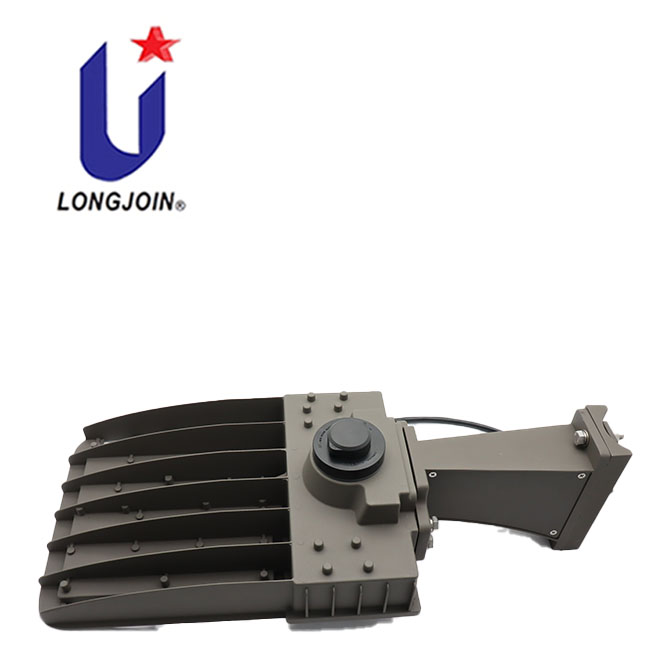
What Cost Benefits Does It Offer?
Smart doesn’t have to mean expensive. JL-710 reduces total system cost in multiple ways and ensures smoother long-term operation.
JL-710 reduces total system cost in multiple ways:
- No need for external Aux power modules
- Fewer components = lower failure rates
- Less service time reduces labor cost
Cost Area | Savings |
Driver Replacement | Saved by built-in power module |
Service Labor | Reduced by plug-and-play design |
Downtime | Lowered by reliable and durable build |
This makes JL-710 not just a photocell switch, but a cost-cutting asset in public lighting management.
Can It Be Customized for OEM or ODM Projects?
Every lighting manufacturer has different needs. JL-710 adapts to your brand, your protocols, and your customers.
Yes. JL-710 is highly customizable for lighting manufacturers:
- Protocol integration (e.g., NB-IoT, Zigbee)
- Private label branding
- Custom shell colors and mounting structures
For ODM projects, Long-Join offers end-to-end technical support, from prototyping to bulk delivery. That’s why it’s a trusted photocell sensor manufacturer for global clients.
Is JL-710 Future-Proof for Smart Cities?
City lights now join a bigger IoT system. They share data with other smart devices. Picking a part that blocks upgrades costs you. JL-710 avoids that trap.
Cities evolve, and so should lighting infrastructure. JL-710 supports long-term expansion:
- Future-ready protocols
- Smart controller support
- Interoperability with IoT systems and city-wide networks
It’s not just a receptacle—it’s a photocell control gateway for tomorrow’s urban lightin
Conclusion
JL-710 blends compatibility, innovation, and practicality. It turns traditional lighting into intelligent systems by solving the Aux power gap, simplifying installation, and supporting smart city needs.
For manufacturers, contractors, or governments looking for reliable photocell lighting sensor solutions, JL-710 sets a new benchmark in lighting control.
Ready to experience JL-710 firsthand? Request a quote, spec sheet, or sample today.
External Links:
●https://trenchlesspedia.com/definition/3701/slot-trenching-locating-subterranean-utilities
●https://en.wikipedia.org/wiki/QLS_connector
●https://asreader.com/column/what-is-automatic-recognition-for-beginners/
●https://www.budind.com/blog/2014/02/the-mysteries-of-ip65-ip66-and-ip67-rated-enclosures-explained/
●https://en.wikipedia.org/wiki/Polycarbonate
●https://www.dali-alliance.org/
●https://en.wikipedia.org/wiki/Molex_connector
●https://en.wikipedia.org/wiki/UL_94
●https://www.ul.com/services/certification
●https://www.zhagastandard.org/books/overview/smart-interface-between-outdoor-luminaires-and-sensing-communication-modules-18.html


